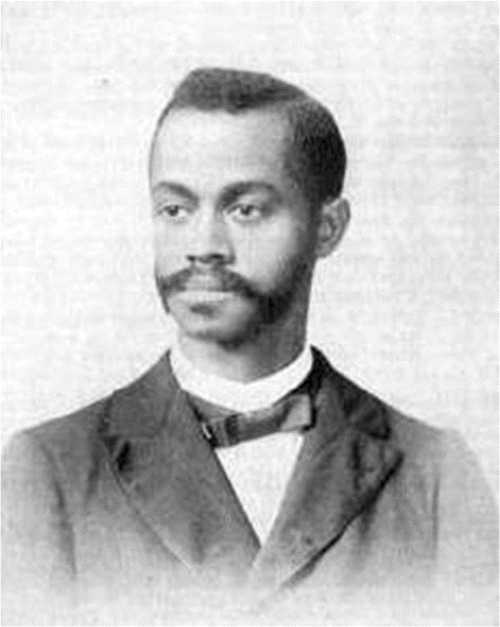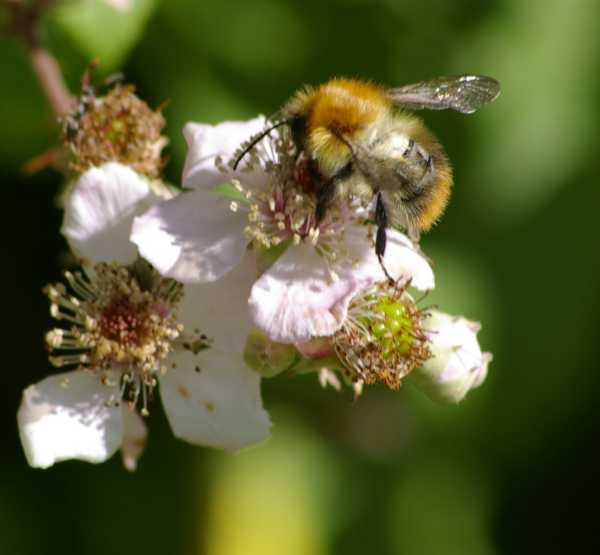Do Bees Have A Memory?
If you read my page "Are bees smart?", you may have been surprised at the proven ability of bees to find their way through mazes or detect bombs and illness in humans, as well as understand concepts like 'above and below'.
Scientific study has also proven that bees have good memories.
How Science Proves Bees Have A Memory
It's tempting to think that only recent science is discovering that bees have cognitive abilities like memory, but a range of studies have set about investigating this topic, and the first dates back over a hundred years ago1!
Crossing the path of the breeze and the rays of the sun at every possible angle, active alike in sunshine and shadow, yet disturbed by even slight changes in the topographical environment of the burrow, the female Melissodes* continues her work from early morn until set of sun; proclaiming, in deeds more eloquent than words:
"My behavior is much more than a complex of anemotropisms and phototropisms, for my homing is controlled by memory pictures of the environment of my nest."
- Charles Henry Turner, 19082
*Melissodes is a genus of long-horned bees in the family Apidae.
 Charles Henry Turner (1867–1923)
Charles Henry Turner (1867–1923)Solitary bee memory and landmarks
The first experiment demonstrating that bees have a memory dates back to 1908, thanks to an African American scientist, Charles Henry Turner (1867 - 1923)1.
Turner carried out a simple experiment involving a solitary burrowing bee of the Melissodes genus, and a discarded bottle cap3.
Turner had noticed that the bee had created a nest burrow close to the bottle cap, and so he created an artificial nest burrow nearby, and relocated the bottle cap near to its entrance, thus mimicking the entrance of the real nest burrow.
Turner observed that the solitary bee automatically went to the artificial burrow, indicating that the bee had memorized the landmark - i.e. the bottle cap nearby.
More recently, there have been many studies demonstrating the memory capabilities of bees. Here's a selection of them.
Colour memory
In 1985, Randolf Menzel's experiments established that honey bees could quickly form an accurate memory, demonstrated by their ability to associate colour with a food reward1.
Short and long-term memory
In a study published in 1993, Greggers and Menzel4 found that honey bees could develop 'feeder specific memories' that enabled them to select between food rewards at different feeders.
Furthermore, they found that honey bees demonstrated both a 'transient short-term memory', and a 'feeder-specific long-term memory' linked with food rewards.
Landmark memory
In 1988, Collett & Kelbert5 designed an experiment in which honey bees were trained to locate 2 food sources between 2 different coloured visual cues. In one feeding station, the food was placed between 2 yellow 'landmarks' and at the other feeding station, food was placed between 2 blue 'landmarks'. Bees learned to look for food between the landmarks at both feeding stations.
Furthermore, when food was removed from either feeding station, bees were observed to return to the place where food had previously been located at each different feeding station. Collett and Kelbert concluded that bees acted on recent memory before visiting the feeding stations.
Maze learning
Honey bees can be taught to how to navigate mazes6, thus applying memory skills to navigate their way through familiar maze types. Read more about this (plus face recognition) on my page: Are bees smart?
Where do bees store their memories?
According to Chittka in 'The Mind of a Bee' - memories in insects, are stored in a part of the brain called the 'central complex'. Studies indicate that the central complex also plays a key role in navigation, including landmark memory, and sun compass usage.
My own experiment with bumble bees and memory
I myself performed Charles Henry Turner's experiment with a bumble bee nest in my childhood, after I had seen a similar experiment repeated on television!
I had observed a single bumble bee (in hindsight, I now realize this was a queen) going in and out of a hole (nest entrance) at the base of a hedgerow behind our garden shed. I also noticed there was a pebble close to the hole entrance.
I created a new hole nearby, and placed the pebble next to it. Sure enough, the bumble bee explored the artificial hole first when it returned from its foraging trip. I recall feeling compassion for the confused bumble bee, and quickly moved the pebble back to the proper nest entrance, and the bee went inside!
References
1. See: The Mind Of A Bee - Lars Chittka
2. Turner C.H. (1908c) The sun-dance of Melissodes. Psyche 15: 122-124.
3. Turner C.H. (1908a) The homing of the burrowing-bees (Anthophoridae). Biol Bull 15(6): 247-258.
4. Greggers, U., Menzel, R. Memory dynamics and foraging strategies of honeybees. Behav Ecol Sociobiol 32, 17–29 (1993). https://doi.org/10.1007/BF00172219
5. Collett TS, Kelber A. The retrieval of visuo-spatial memories by honeybees. J Comp Physiol A. 1988 May;163(1):145-50. doi: 10.1007/BF00612004. PMID: 3385666.
6. Zhang SW, Bartsch K, Srinivasan MV. Maze learning by honeybees. Neurobiol Learn Mem. 1996 Nov; 66(3):267-82.

